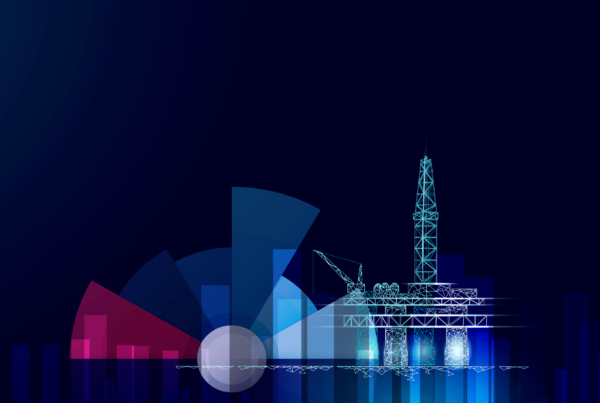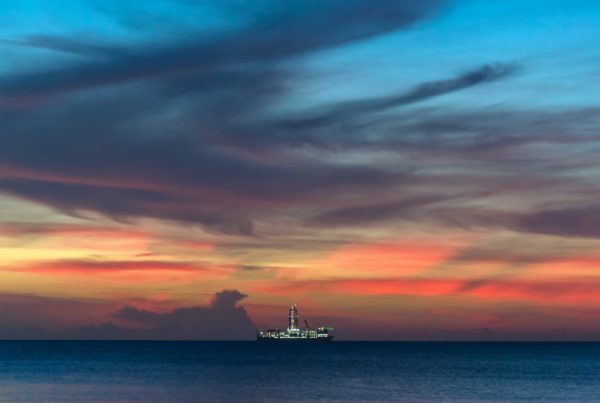 Autonomous underwater vehicles (AUVs) have been in operation for a number of years and are an established part of underwater activity, particularly in research and military where they are utilised for activities such as mine clearance, hydrography and data collection. Despite widespread use, there is still potential for substantial growth – each new technological advance increases the viability of the vessels in different sectors. This is particularly clear in oil & gas, where AUVs remain niche assets.
Autonomous underwater vehicles (AUVs) have been in operation for a number of years and are an established part of underwater activity, particularly in research and military where they are utilised for activities such as mine clearance, hydrography and data collection. Despite widespread use, there is still potential for substantial growth – each new technological advance increases the viability of the vessels in different sectors. This is particularly clear in oil & gas, where AUVs remain niche assets.
Technological advancement has driven growth in the sector and in the last few years units have become increasingly flexible. AUVs are now capable of performing a range of tasks, which can be changed quickly by operators. Beyond flexibility, increasingly compact vessels have been introduced to the market, making units viable at greater water depths. However, there are still a number of limiting factors preventing wider uptake, these include: limited communication, lack of manipulation ability and low levels of endurance. Improving these areas will be key for increasing the use of AUVs in the future – reducing the requirement for human workers, and likely leading to increased accuracy, reliability and safety.
Fortunately, the sector has a strong research culture and there is constant work to create new concepts and push the current technologies further. There are numerous concepts that aim to improve previous limiting factors, including Eelume’s subsea intervention “snakes” which allow inspection work in areas too small for typical tools, as well as potentially being able to manipulate and adjust subsea valves and chokes. This is a small step toward a fully autonomous subsea development – a likely boon for oil & gas companies. Statoil have recently signed an agreement with Eelume to help accelerate the technology, demonstrating that there is clear interest within the oil & gas sector for autonomous vessels.
In the near term, it is expected that the military will continue to be the biggest user of AUVs – their importance with regards to surveillance continuing to grow. Oil & Gas and renewables should also see an increase in the use of these vessels while they will remain integral to many research efforts. As DW explores in its new World AUV Market Forecast, the future for AUV units appears bright.
Ben Wilby, Douglas-Westwood London
01795 494724 or [email protected]



